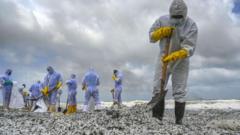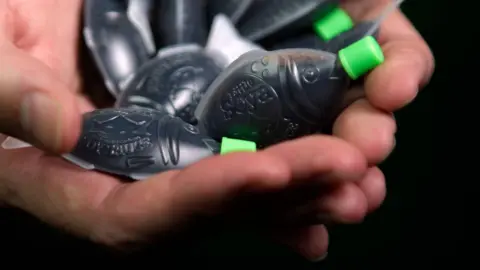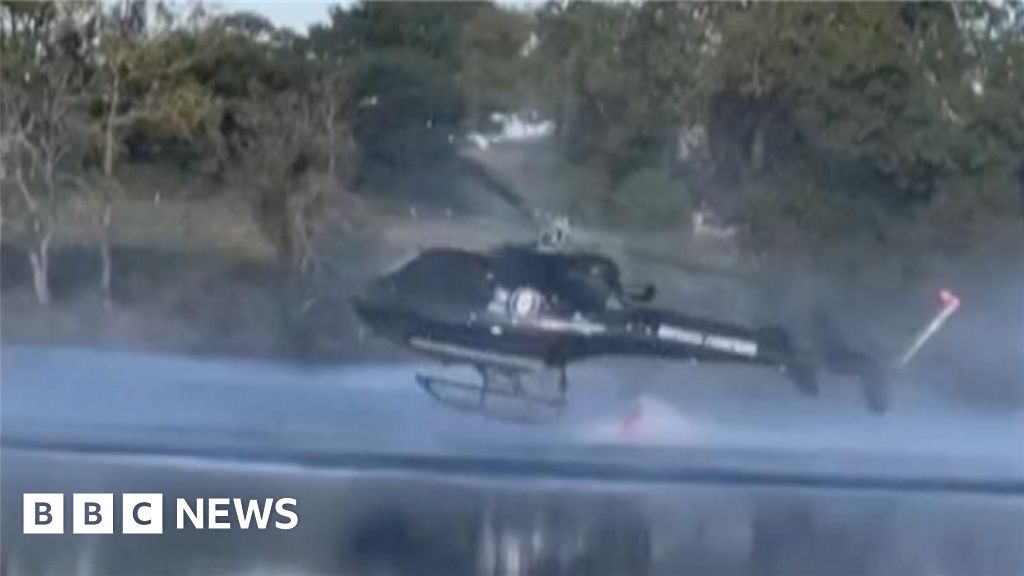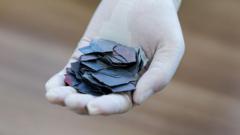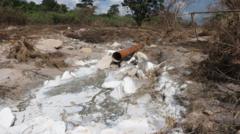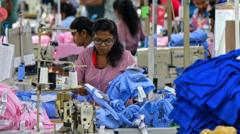The environmental disaster stemming from the X-Press Pearl cargo ship incident, which occurred off the coast of Sri Lanka in May 2021, has revealed itself to be an ongoing crisis four years later. As volunteers tirelessly sift through tonnes of toxic plastic pellets known as nurdles on the country's beaches, scientists are raising concerns about the long-term ecological damage caused by the event.
Initially, billions of nurdles washed ashore following the sinking of the Singapore-flagged vessel, which led to one of the largest plastic spillages ever documented. Alongside the nurdles, the ship's cargo included hazardous materials such as engine fuel, lithium batteries, and various toxic chemicals that posed severe risks not only to aquatic life but to the entire marine ecosystem.
Muditha Katuwawala, an environmentalist and founder of a local NGO, recounted the harrowing scene during the aftermath. “We saw dead turtles with severe burn marks and dolphins washing ashore with their skin peeling off,” he stated, highlighting the immediate devastation to marine wildlife. The volunteers initially collected hundreds of kilograms of nurdles daily, but as time passed, the numbers dwindled as the microplastics became harder to locate and remove from the contaminated sand.
Recent studies indicate that the remaining nurdles are becoming increasingly toxic, absorbing heavy metals and other contaminants from the ocean. "They act like chemical sponges," warned David Megson from Manchester Metropolitan University. The research suggests that these nurdles could negatively impact marine health, as they are likely to be ingested by fish and other aquatic organisms.
Local fishermen, such as Jude Sulanta, have noticed a significant decline in fish populations in the area since the disaster: "Our lives have turned upside down. There used to be plenty of fish, but not anymore," he lamented. This drastically affects the local economy and the livelihoods of communities that rely on fishing as their primary source of income.
The ship's owner, X-Press Feeders Ltd, has reportedly spent over $130 million on cleanup efforts; however, the long-term effects and proper compensation remain contentious. The Sri Lankan government has indicated that the funds provided do not adequately address the extensive environmental damage caused. Consequently, the Supreme Court of Sri Lanka mandated an initial payment of $1 billion from the shipping company to help cover some of the losses, though this decision will likely face challenges due to the company's legal standing in Singapore.
Prof. Prashanthi Guneeardena, an environmental economist, suggested that the real cost could be nearer to $6 billion when factoring in impacts on wildlife, tourism, and public health threats from released toxins. Meanwhile, local fishermen continue to witness the repercussions of the disaster in their day-to-day lives. Many are considering leaving the fishing industry entirely due to the evident lack of fish, while others are contemplating emigration in search of better opportunities.
In the beautiful coastal nation of Sri Lanka, the implications of the X-Press Pearl disaster serve as a grim reminder of the fragility of marine ecosystems and the urgent call for accountability and remediation in the face of corporate negligence and ecological harm.

